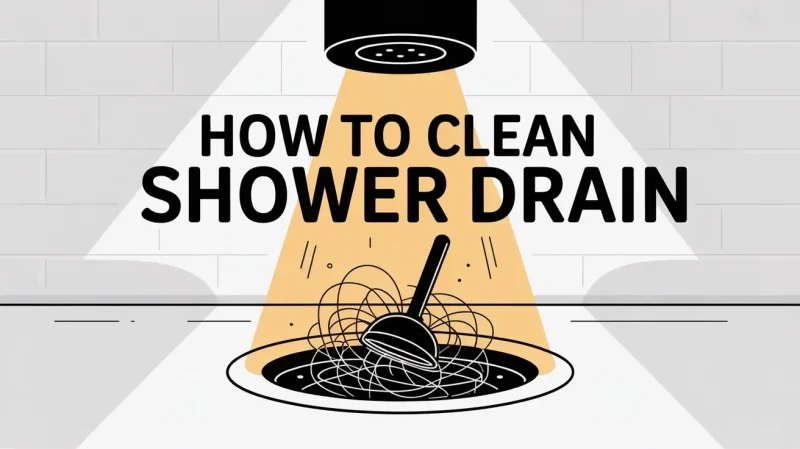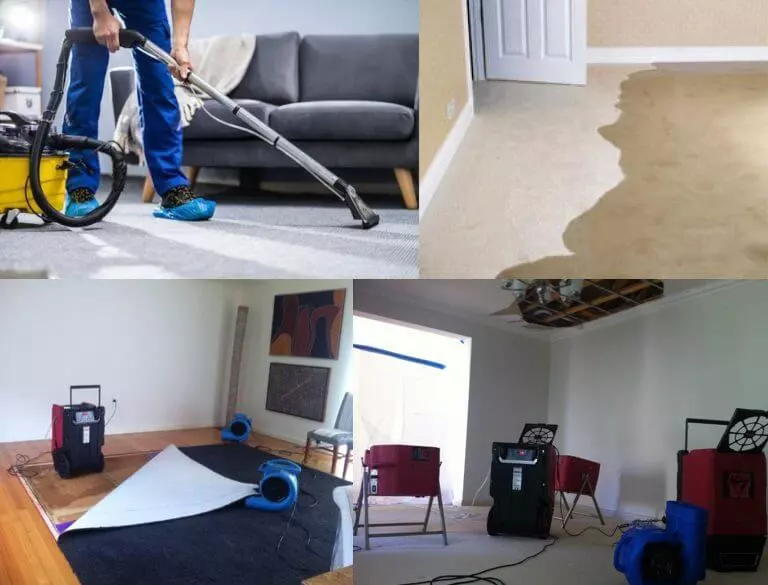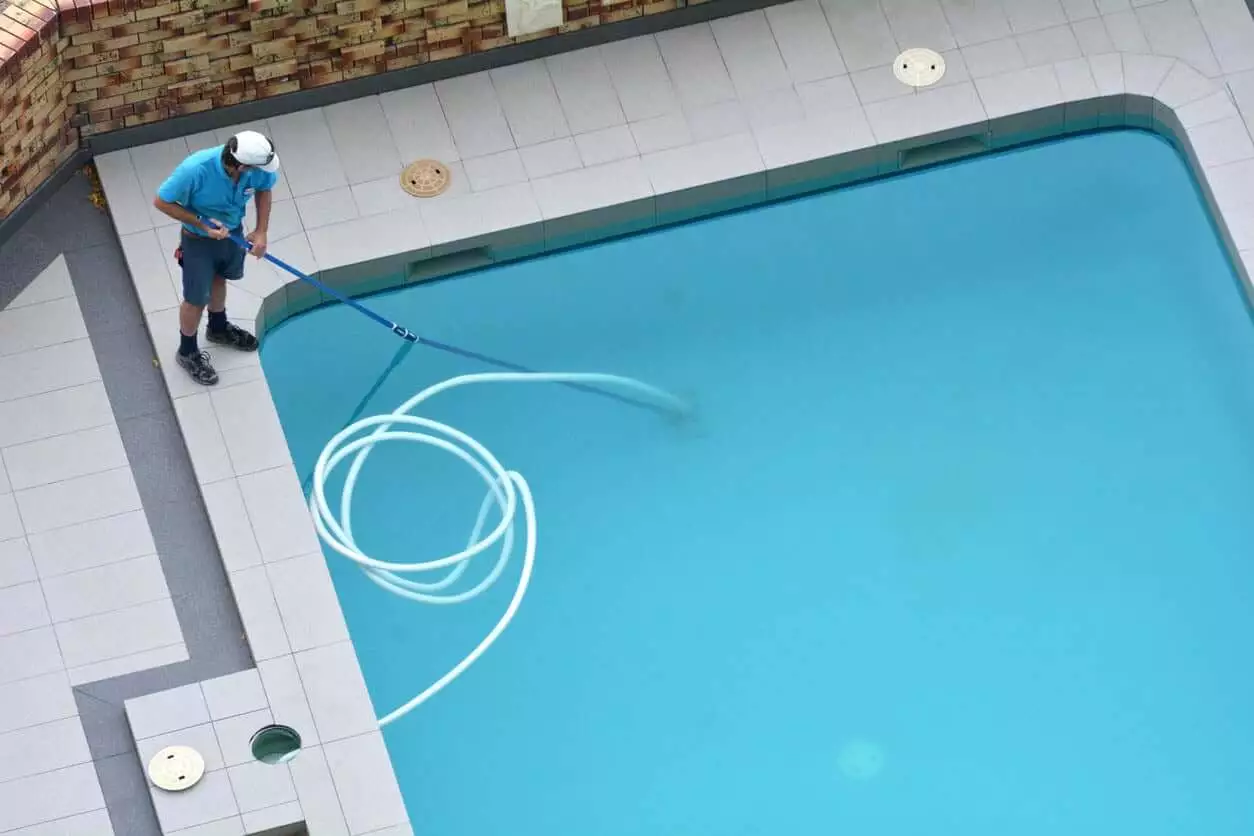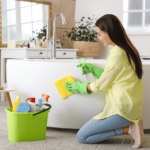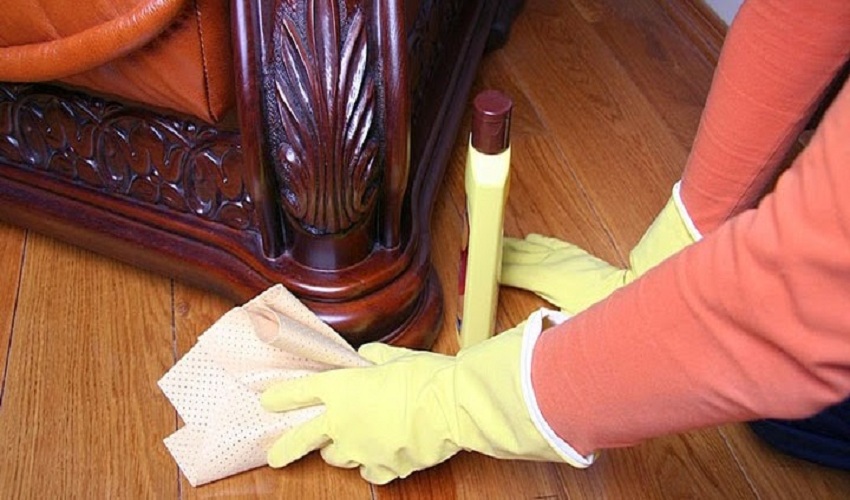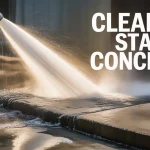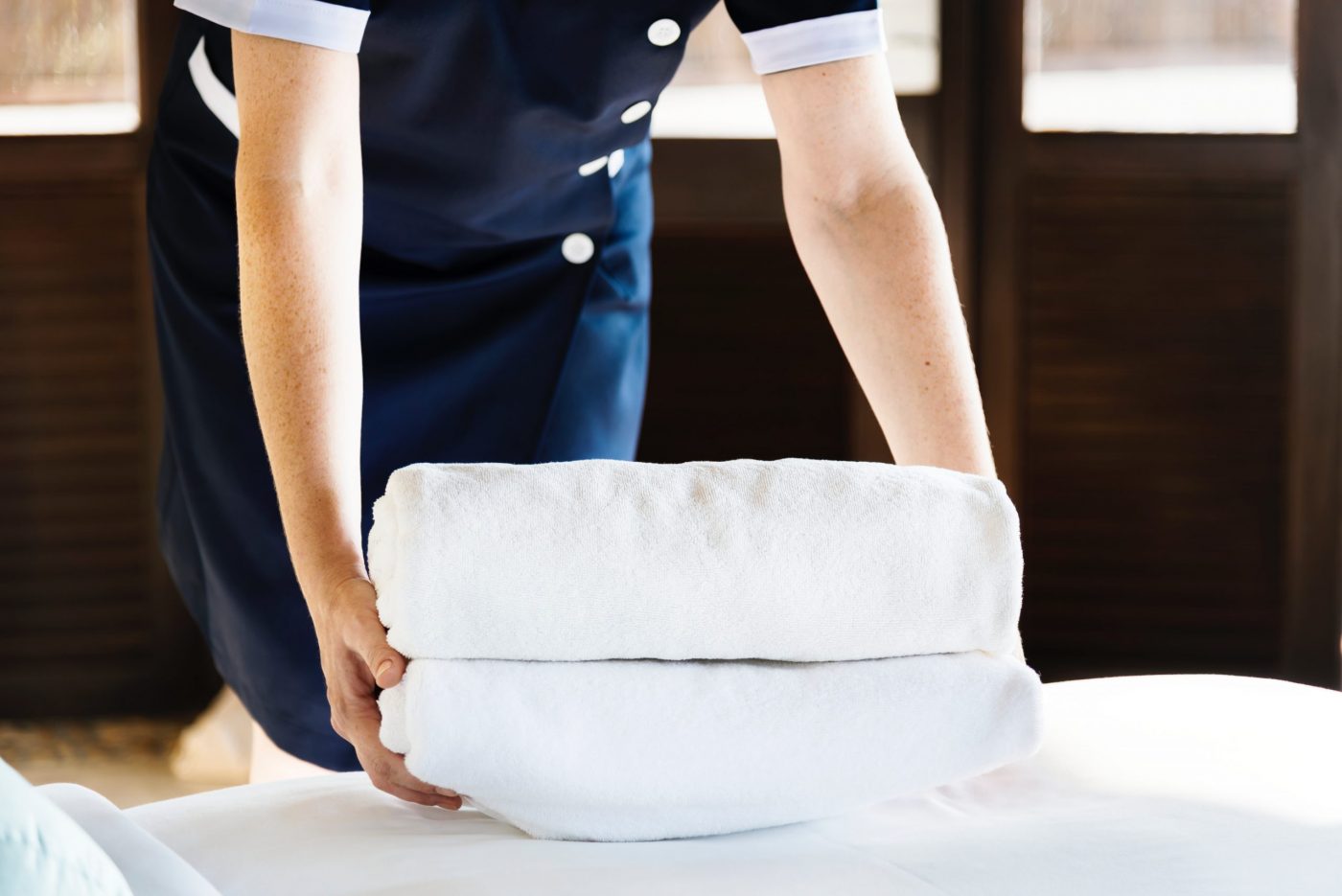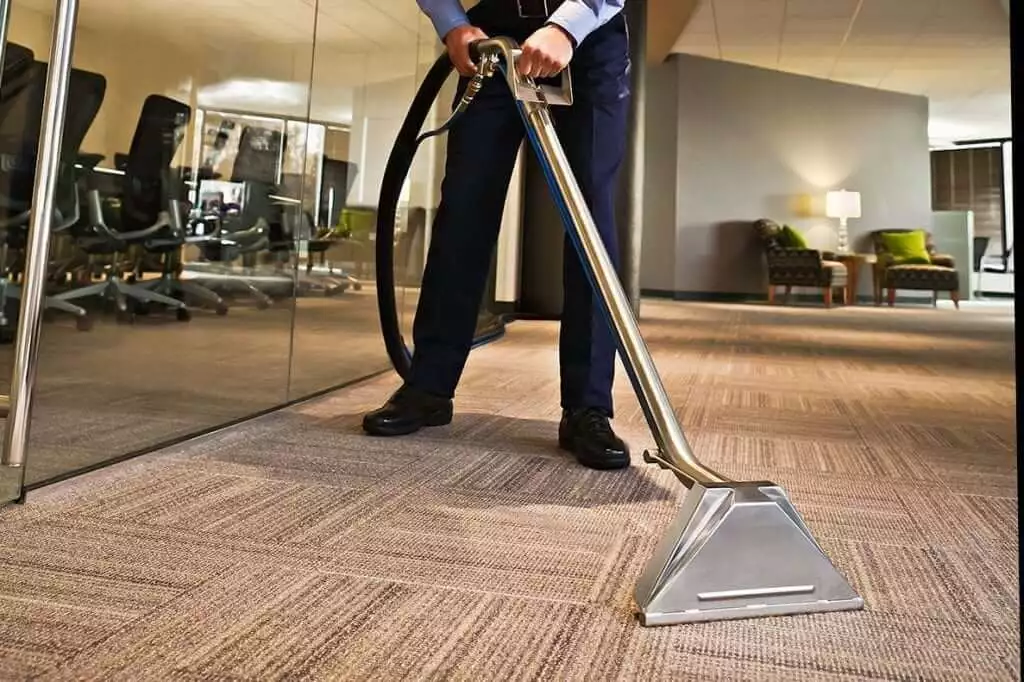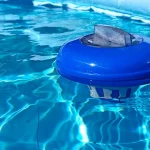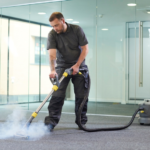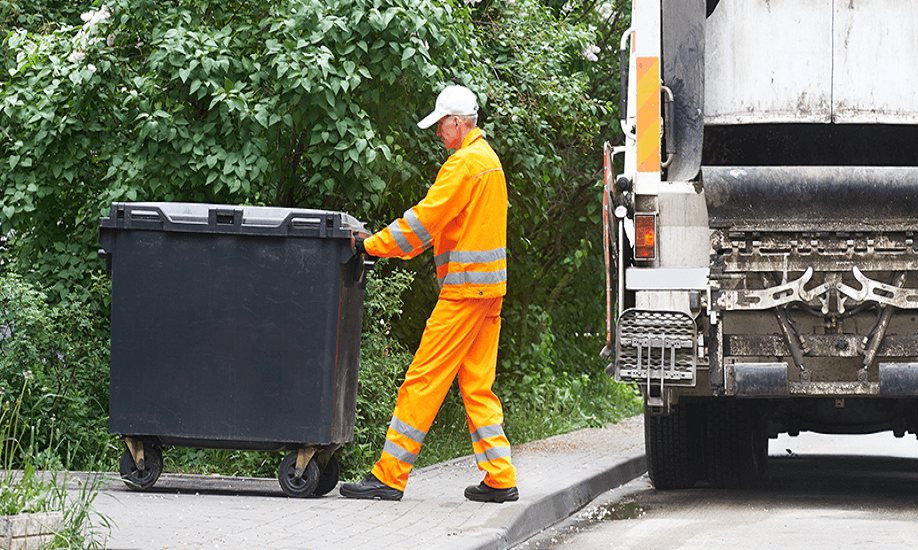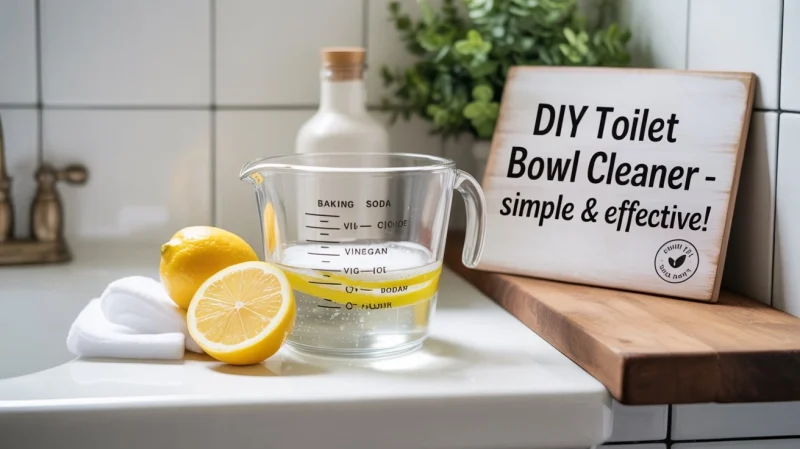Have you ever stepped into the shower, only to find yourself standing in a small pool of water because the drain just isn’t doing its job? A clogged shower drain isn’t only frustrating it can also lead to unpleasant odors, water damage, and long-term plumbing issues if ignored.
The good news? Learning how to clean shower drain systems properly doesn’t require fancy tools or expensive products. With a little know-how, you can unclog it quickly and prevent future blockages. In this guide, I’ll walk you through the best methods, DIY tips, and preventive steps to keep your shower running smoothly.
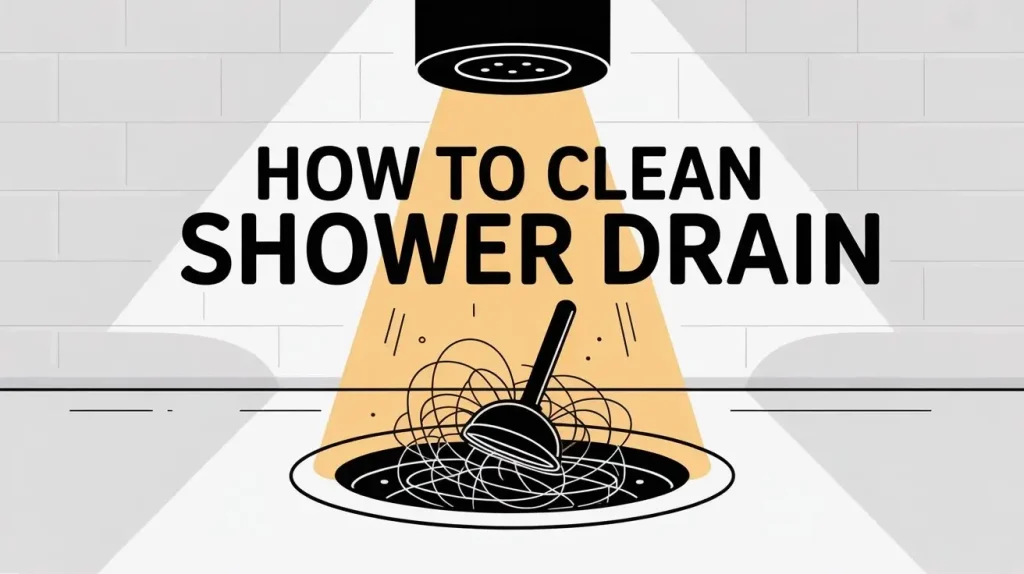
Content
Why Shower Drains Get Clogged So Often and How to Clean Shower Drain
Before diving into the cleaning steps, let’s understand why clogs happen in the first place.
- Hair buildup: The number one culprit. Over time, strands of hair get trapped in the drain and create a net that catches everything else.
- Soap scum and residue: Soap, body washes, and shampoo create a sticky layer that makes it easier for debris to cling inside pipes.
- Hard water deposits: Mineral buildup can narrow the drain opening and slow water flow.
- Foreign objects: Small items, like razor caps or jewelry, occasionally slip down and cause partial blockages.
Understanding these causes makes it easier to pick the right solution when your shower drain starts acting up.
Step-by-Step Guide: How to Clean a Shower Drain
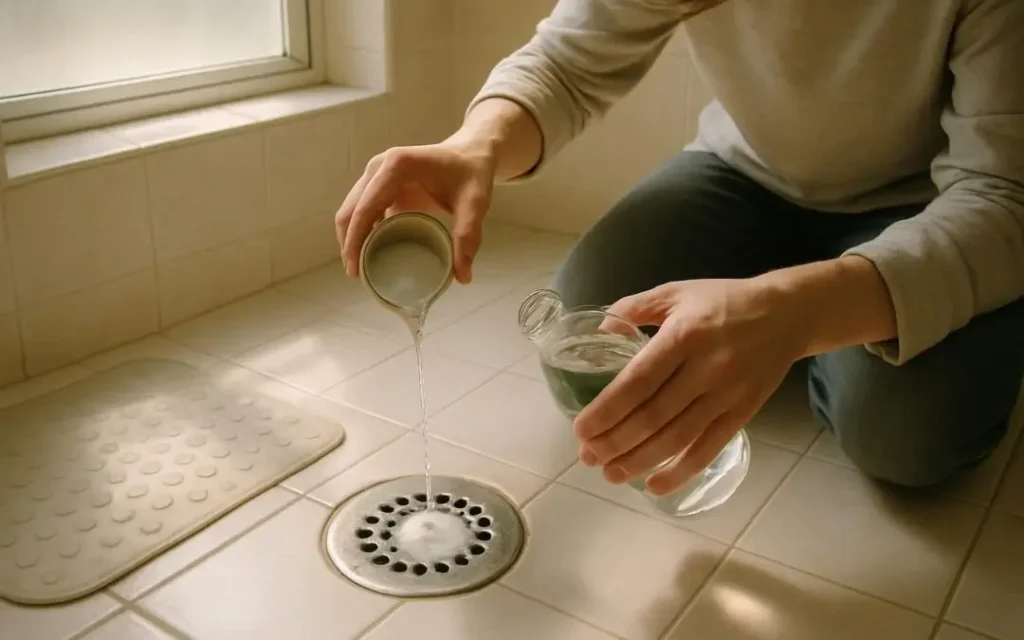
Just like Easy Drain’s ‘3-step’ method, I’ll break down how to clean shower drain into simple, actionable steps while giving you multiple options beyond one tool or brand so you can choose what works best for your home..
1. Remove Visible Debris
Start by taking off the drain cover. Most covers can be lifted with a screwdriver or by hand.
- Put on gloves (trust me you’ll thank yourself later).
- Pull out hair and gunk using your fingers or a wire hanger bent into a hook.
- Rinse the drain cover with hot water and mild soap before replacing.
Invest in a small drain snake. It’s inexpensive and works wonders at fishing out hair clogs.
2. Use Natural Drain Cleaners
If you want to unclog shower drain naturally, try the classic baking soda and vinegar method:
- Pour half a cup of baking soda down the drain.
- Follow with half a cup of white vinegar.
- Let it fizz for 15–20 minutes.
- Flush with boiling water.
This method works best for minor clogs caused by soap scum or light buildup. It’s eco-friendly, safe for most pipes, and easy to include in your regular Home Cleaning Routine.
3. Try Mechanical Solutions
When the clog is stubborn, mechanical methods are often the best.
- Drain snake or auger: Insert and twist to break apart clogs.
- Plunger: Create suction over the drain and pump firmly several times.
- Wet/dry vacuum: Place the hose over the drain opening, seal tightly, and suck the clog out.
4. Use Enzyme or Chemical Cleaners (With Caution)
Sometimes, store-bought drain cleaners may be necessary.
- Enzyme-based cleaners are a gentler option that uses bacteria to eat organic matter. Great for regular maintenance.
- Chemical cleaners (like those containing lye or sulfuric acid) can dissolve clogs but may damage pipes or harm the environment if overused.
Only use chemicals as a last resort and follow the instructions carefully.
5. Prevent Future Clogs
Once your shower drain is clean, you’ll want to keep it that way.
- Install a hair catcher or strainer over the drain.
- Run hot water after every shower to wash away residue.
- Do a monthly baking soda + vinegar treatment as maintenance.
- Avoid flushing oils, coffee grounds, or foreign objects down the drain.
Case Study: How I Unclogged My Old Bathroom Drain
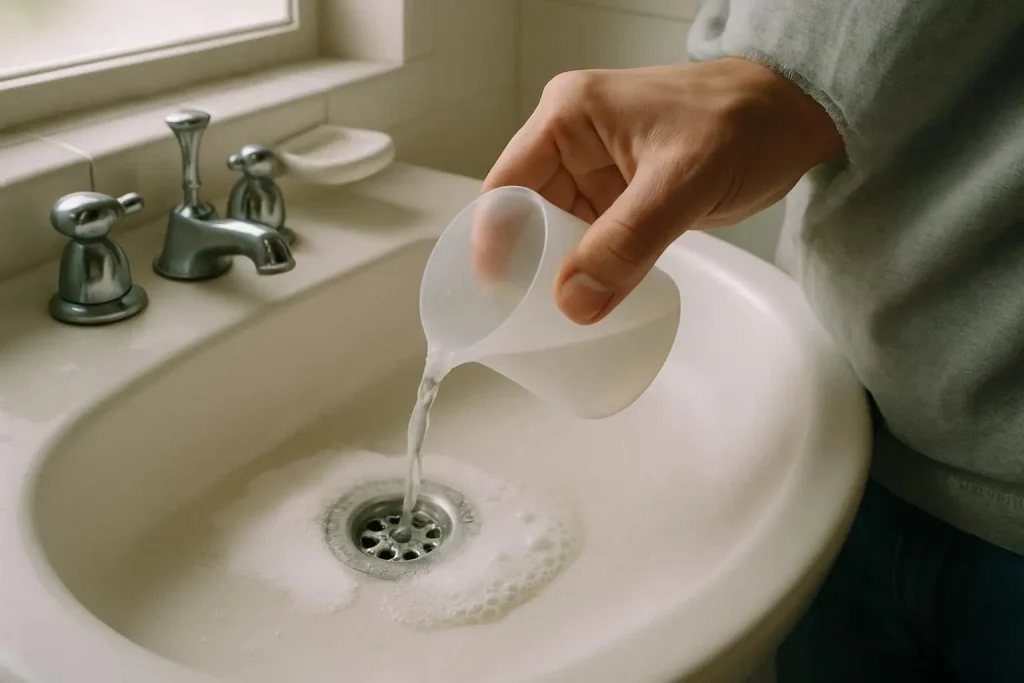
A few years ago, I moved into a 1970s house with a bathroom that hadn’t been updated in decades. The first week, I noticed the shower drain was painfully slow after two minutes of running water, I was ankle-deep in suds.
Here’s what I did:
- Removed the drain cover and pulled out a huge hairball (gross but satisfying).
- Tried the baking soda and vinegar trick it helped, but the water was still draining slowly.
- Borrowed a plumber’s snake from a friend and worked it into the drain about two feet down. I pulled out what looked like a mix of soap residue and old hair that had probably been there for years.
- Finally, I flushed the drain with boiling water twice.
Result? The water drained perfectly again. Since then, I’ve used a hair catcher and cleaned the drain monthly with baking soda and vinegar. No more standing in a mini swimming pool! This real-life example shows that with the right steps on how to clean shower drain, even old, stubborn clogs can be fixed without hiring a plumber.
Troubleshooting: What If It’s Still Clogged?
Sometimes, even after trying these methods, your drain may still be slow. Here are some possibilities:
- The clog is deeper in the pipe (beyond your reach with basic tools).
- The issue is outside the bathroom, such as a main sewer line problem.
- Your pipes may be old, corroded, or misaligned.
If that’s the case, it may be time to call in a professional plumber. One visit costs far less than the long-term damage water can cause just like investing in Commercial Cleaning Services saves you from bigger maintenance issues down the road.
Conclusion:
Keeping your shower drain clear doesn’t have to be a dreaded chore. With a mix of natural solutions, simple tools, and preventive habits, learning how to clean shower drain is easier than you think. So the next time your shower drain slows down, remember you don’t always need harsh chemicals or an expensive plumber. Just follow the right steps on how to clean shower drain, keep up with maintenance, and your bathroom will thank you.
FAQs About Cleaning Shower Drains:
Q1: What is the best way to clean a shower drain?
Use baking soda and vinegar, then flush with hot water for safe, effective cleaning.
Q2: What will dissolve hair in a shower drain?
Baking soda, vinegar, or enzyme-based cleaners break down hair clogs naturally.
Q3: Is it okay to put vinegar down a shower drain?
Yes, vinegar is safe. It helps dissolve soap scum, remove odors, and prevent buildup.
Q4: How to clean a p-trap in a shower?
Detach the p-trap, remove debris, rinse with hot water, and reattach securely.

Viola Moore is a dedicated home improvement blog author who has a passion for writing. She enjoys blogging about all sorts of topics, from interior design to landscaping and more! She loves the outdoors and spending time in nature with her family. She also likes to bake in her free time.

